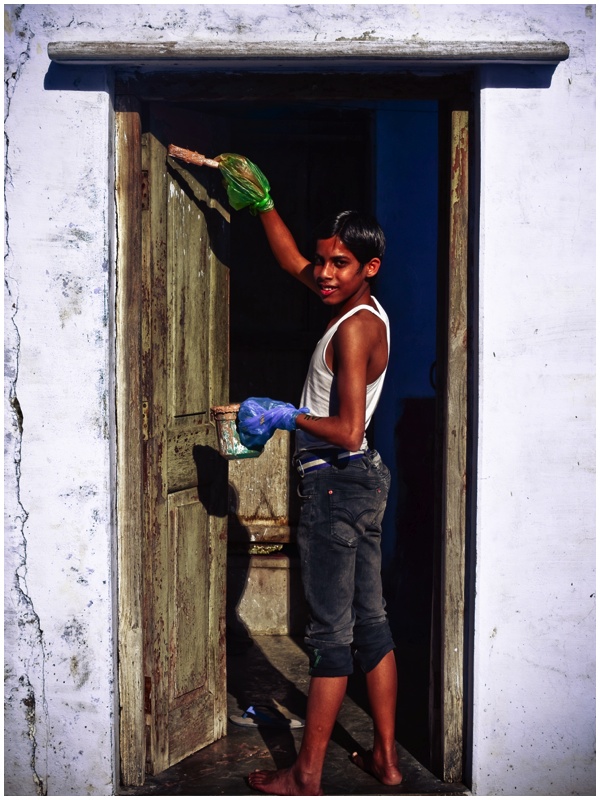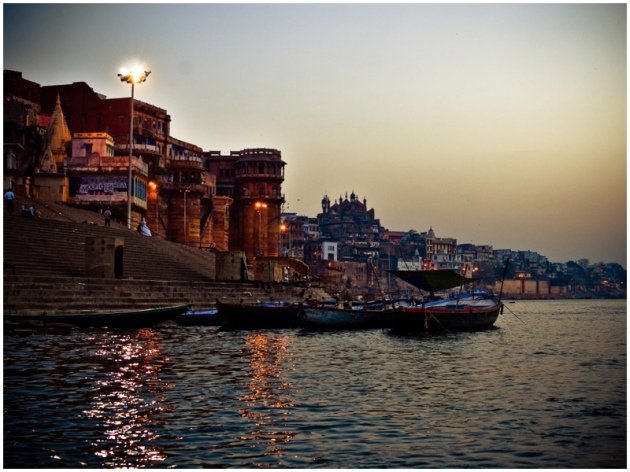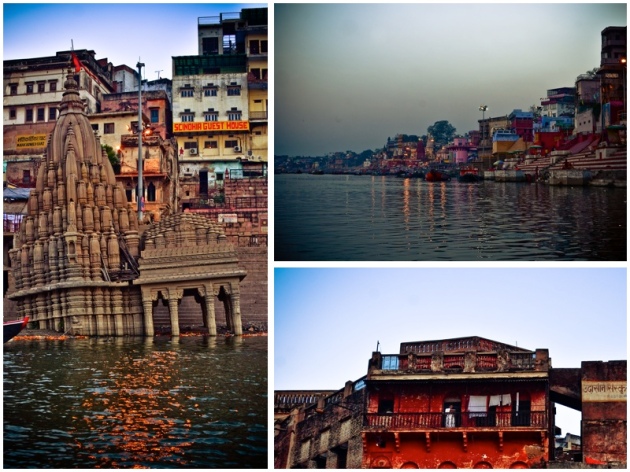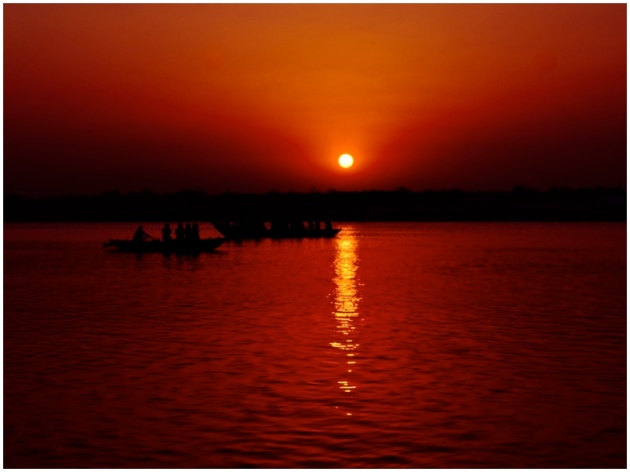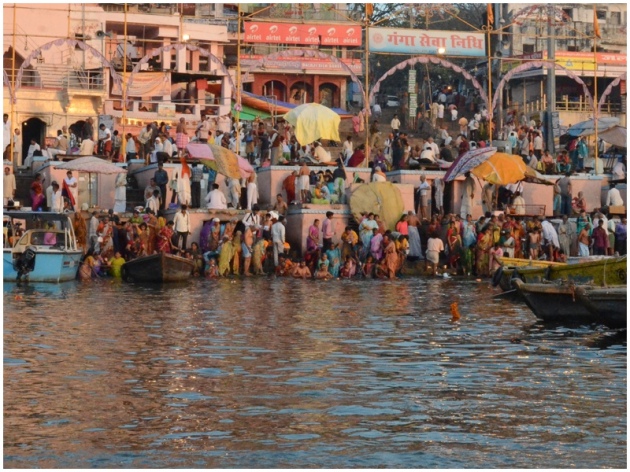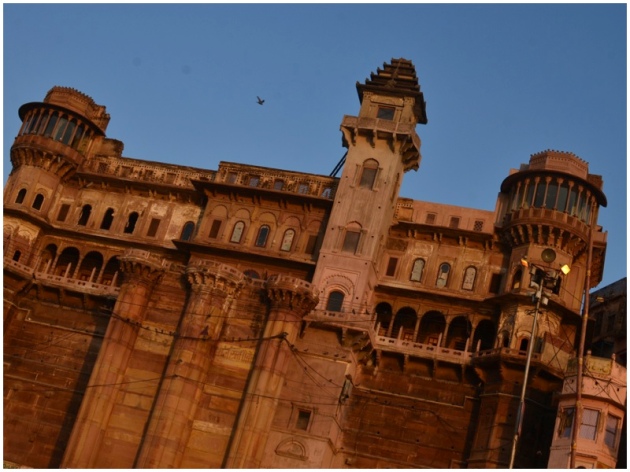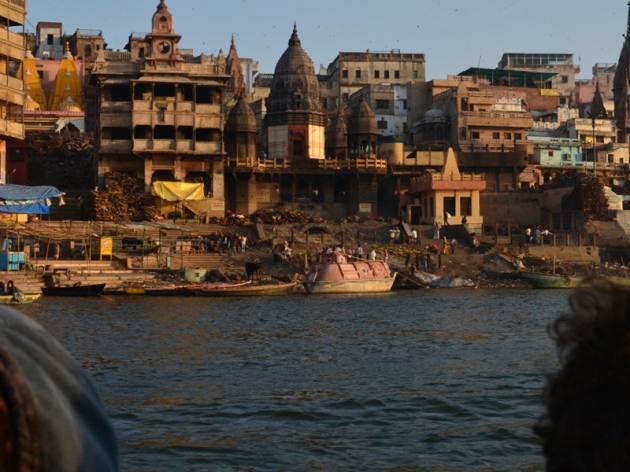The land where the Ganges does not flow is likened in a hymn to the sky without the sun, a home without a lamp, a Brahmin without the Vedas.”
– Jean Tavernier
After 18 hours train ride from Agra, we finally reached Varanasi. I’m already got so used to riding trains in India that I don’t bother much anymore about sleeping on the blue faux leather bunks they have on the sleeper class. We were lucky to have taken over the upper berths again, and also the ones underneath the lower berths for our backpacks.
I have never imagined that we will reach this far; coming from Nepal down to the south of India then up to the northern part. We thought that the most we can reach on this travel is by far Agra – since money is running low and the visas are about to expire. Since there are places that are worth seeing only once, like Jaipur and giving up the idea of going to Khajuraho. We saved so much time that we’re able to see Varanasi and soon, Rishikesh in Uttarakhand.
The train was not in a full stop yet, and there are rickshaw drivers already gawking on us like vultures waiting for the rats to come out of their cubbyhole. I had a feeling that it’s going to be another scam. He’ll take us to the place we tell him to take us to for a good price, but then he will keep telling us that it’s not good, and he has a friend who owns a hotel, for a very good price then of course, the hotel will rip us off because the hotel has to pay a commission to the rickshaw driver.
The rickshaw driver has been repeatedly recommending us to go to his “friend’s” hotel. We repeatedly answered no, but still he insisted on taking us to where our desired hotel is. So, he lead us to a winding, narrow alleyway. We already had the feeling that he’s not taking us to Meer Ghat but instead leading us to his “friend’s” hotel. He took us to Manikarnika 500m away from Meer Ghat. We were so annoyed and already irritated, we had to convince the guy to leave. Since we’re already tired because of the long travel, we decided to stay in Manikarnika and find a room ourselves.
We stumbled upon the Shanti GH, which has basic rooms that starts from 100Rp. Very good value for money, but no toilet, we had to share with other travelers. The streets behind the ghats where the establishments and homes are, are very filthy. The worst I’ve seen so far. The streets are meant for people but were dominated by wandering cows and buffaloes that rummage thru the neighborhood garbage and almost man slaughtering, horn-abusing motorists.
The first glimpse I had of the Ganges River was from our GH’s rooftop. My eyes were fixed on the river, admiring it from a distance. I use to look at the photographs of the Ganges before and it made me want to visit it one day. And now I’m here, I can’t hide my excitement and fascination.
The Burning Ghat
A couple of hundred meters from our guesthouse and you can already see the Manikarnika ghat (the famous of the 2 burning ghats). We saw a huge pile of firewood stacked 3m high that blocked our view of the water. Sandalwood, teak and other precious woods imported from the other parts of the country are used by the wealthy people, ordinary woods by those who cannot afford the heavily scented imports. People plan their cremations well in advance in order to get the right wood or to save the money for transporting their mortal remains to the Ganges. And nearby has photo shops offering photographic services for the dead before they get cremated.
As we stood watching, a steady column of bearers carried bodies wrapped in gold cloth down to the river. One after the other, they immersed the body in the Ganges, sometimes wading into the river themselves. At other times they doused the cloth with handfuls of the sacred water. At some of the fires, a man circled and recited a prayer. Women were banned from the ceremony for fear that their cries or sobbing would harm the ascendency of the soul to nirvana (The transfer must be pure and not sad or painful.) and according to a local, it is forbidden for the women to get close to the fire.
“This is a karma place.” A local who claimed to be a “caretaker” from a hospice nearby just popped out of nowhere behind us as we were watching the activities by the burning ghat. “Whatever you have you don’t take it with you to Nirvana, your house, your cow, your rupee, you don’t take them when you die, you only take whatever you did in your life.” Then her followed with: “Let me tell you about Hindu religion, Madam – only five minutes. No money. I don’t ask for money, only I ask for donation. Our hospice needs donation.” We knew it. Another tout, and he smelled like alcohol.
Also, photography by the burning ghat is forbidden because the act of “taking a photo interrupts the soul’s journey to nirvana.”
The Sadhu Baba Camp Site
After a few good hours walk, we reached the Assi Ghat. Also the longest day I have spent in India without getting stressed on the abusive honking of the motorists. It was zen. Along the way we notice that it’s mostly men who are taking a dip in the river and I rarely see women.
On the far end, is a temporary communal settlement of Sadhus. It was a festival of saffron color, a landscape of plastic, makeshift tents. The holy men have been camping here since the Khumb Mela in Allahabad, they’re also staying until the Holi Festival. There were so many of them, that they have taken over the long stretch of 3 ghats (Kedar ghat to Assi Ghat); Some were naked, some clothed. The stench of hashish from their chillums has dominated the smell of sandalwood incenses on the puja (offerings).

Manikarnika Ghat

Taking a dip in the river with the buffaloes.

Drying out laundry by the ghat.

Taking a dip in the holy river allows the soul to proceed directly to heaven, without having to deal with karma and reincarnations.

Washing laundry by the river.

Sadhu Baba

Holy Man Lunch Time

Kedar Ghat to Assi Ghat, The Ganga Aarti in Sunset, Burning ghat firewood, Schindia ghat
